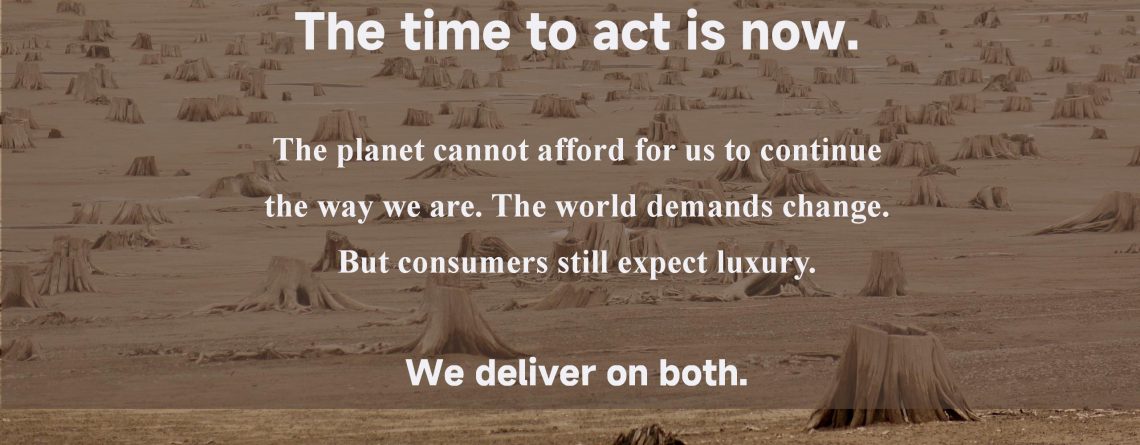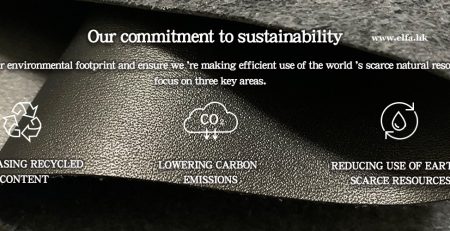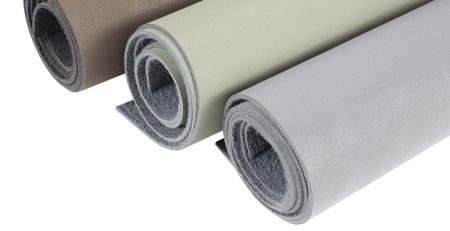Recycled leather has a lower impact on the climate change compared to traditional leather
Recycled leather typically has a lower impact on climate change compared to traditional, full-grain natural leather. This is why the production of recycled leather involves reusing existing materials, which reduces the need for new raw materials and the associated emissions from their extraction and processing.
In contrast, the production of full-grain natural leather involves the use of new leather hides or skins, which require significant amounts of energy, water, and chemicals during the tanning process. These emissions contribute to climate change and can have a larger environmental impact than recycled leather.
Additionally, the manufacturing of recycled leather often involves lower energy consumption and fewer chemicals than the production of new leather. This further reduces its carbon footprint and makes it a more climate-friendly option.
However, it’s essential to consider the entire lifecycle of a product, including its transportation, use, and disposal, when assessing the climate impact of recycled leather compared to traditional full-grain natural leather. By promoting a circular economy and responsible consumption, we can further minimize the environmental impact of both materials.










